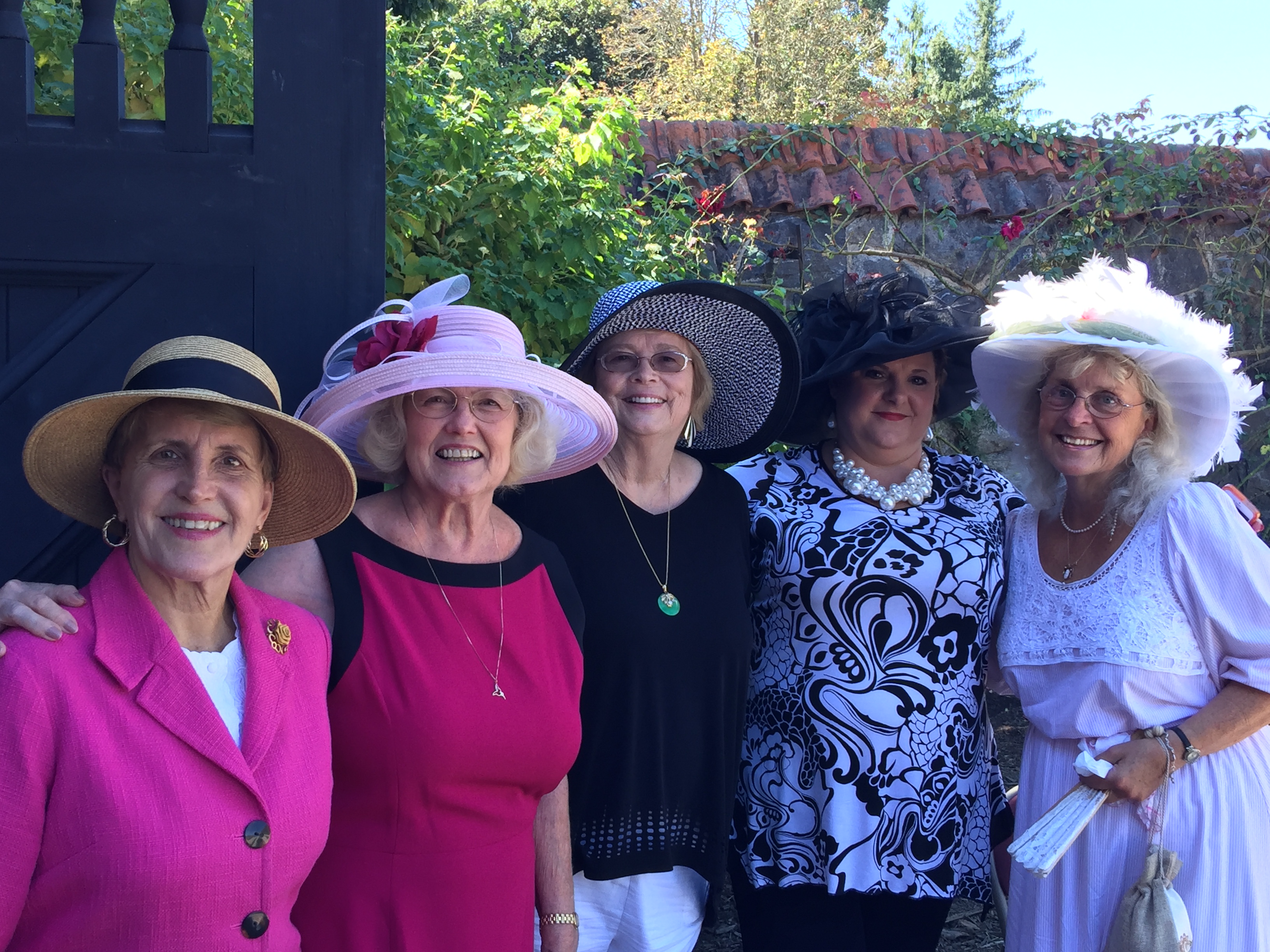skip to main |
skip to sidebar
Today I spent several hours going through the Arboretum at the Tulsa Garden center. In the 3 acre wood are Examples of over 100 trees and hardy shrubs, mostly native to Oklahoma or at least very hardy here. These are large well established trees for the most part, and the visitor is able to see the health and mature appearance of the tree and evaluate its suitability for possible use in the visitors home of business. Each tree is identified by a plaque set in the ground near the tree. The Arboretum is a valuable free resource for anyone who cares to use it. There are far too many trees to try and share at one time. I imagine that the remainder will show up as posts to this blog over time.
 The Common Paw Paw Tree, Asimina Triloba, has a number of local names such as prairie banana, Ozark banana, or the poor man's banana
The Common Paw Paw Tree, Asimina Triloba, has a number of local names such as prairie banana, Ozark banana, or the poor man's banana.
The pawpaw is native to shady, rich bottom lands, where it often forms a dense undergrowth in the forest.
The large leaves are alternate, simple, oval shaped, ten to twelve inches long, four to five broad, wedge-shaped at base. Where it dominates a tract it appears as a thicket of small slender trees, whose great leaves are borne so close together at the ends of the branches, and which cover each other so symmetrically that they appear to be part of the same tree.

The Thursday Theme for this week was something related to the number 3. Since these common Paw paw trees are planted in a group of three, and since this Asimina Triloba has leaves which typically are clustered 3 to a bud, I think we should qualify. Please enjoy and comment.


























7 comments:
Je ne connais pas cet arbre qui ne doit pas pousser sous nos latitudes.
Il n'empêche que vous avez un magnifique parc floral.
Bisous.
I know those as papayas and, when they're on the shelves of the supermarket I treat myself! Sadly they're a rare commodity over here and quite expensive but remind me of Hawaii
you picked a double three...interesting stuff about the tree...sounds like a pretty cool place you wen tto as well.
happy theme thursday!
Hey, I learned something today! Thanks.
I'd never heard of a pawpa, so now I'm anxious to try one! I think I would enjoy drying them and even baking the banana-type bread with them.
Such a lovely triangle! :)
A tenuous link but I think you pulled it off. They're nice looking trees actually but for some reason, I just can't take the fruit. Very good for you tho!
Post a Comment